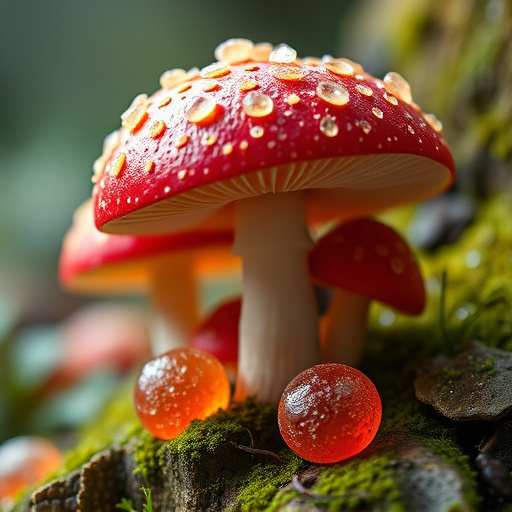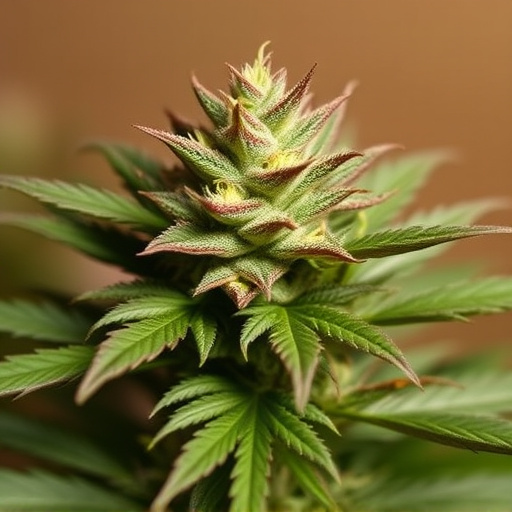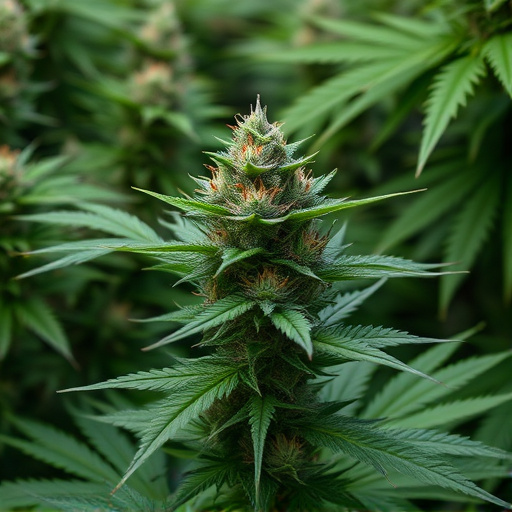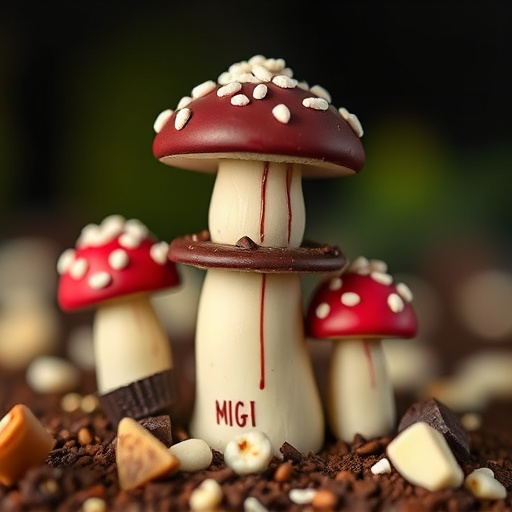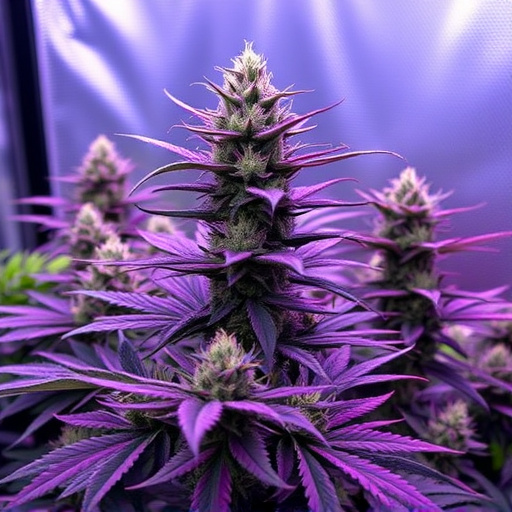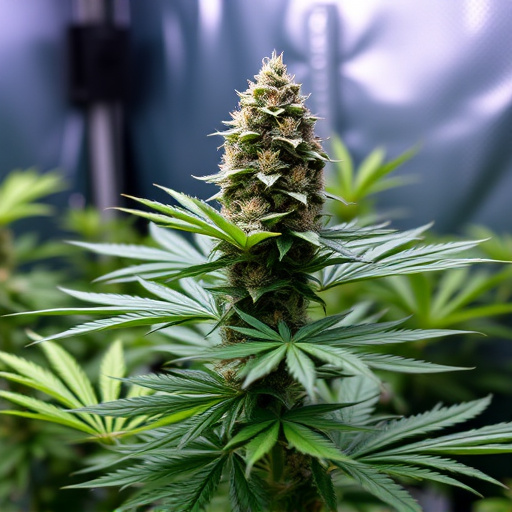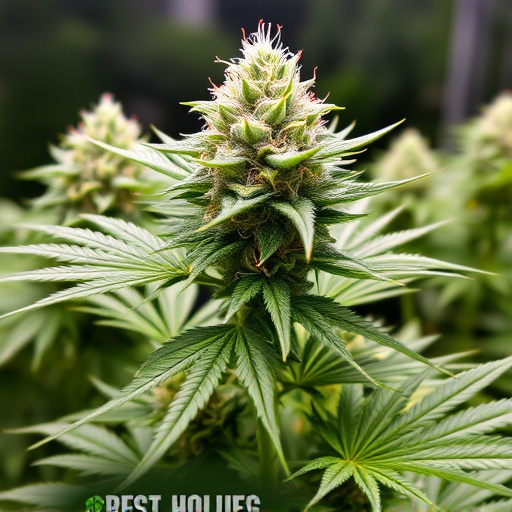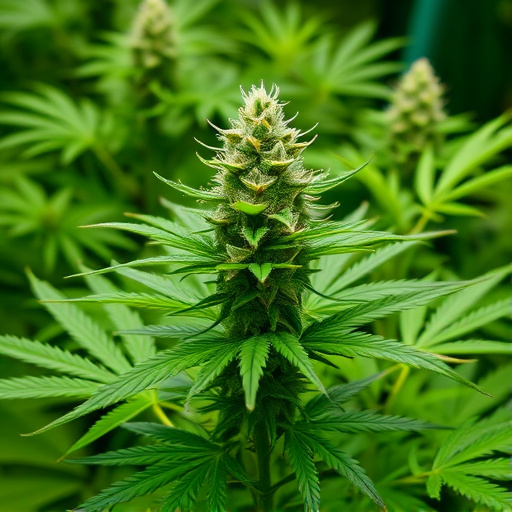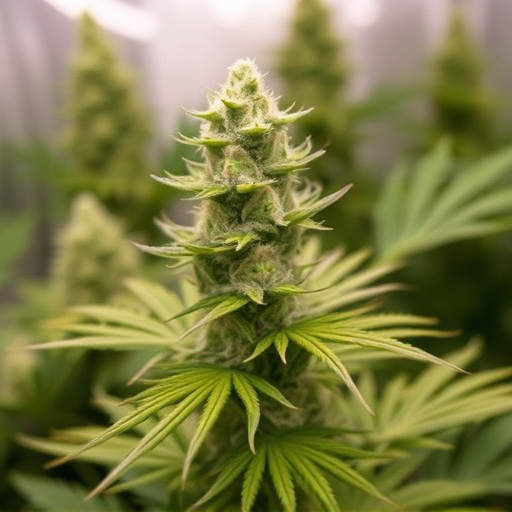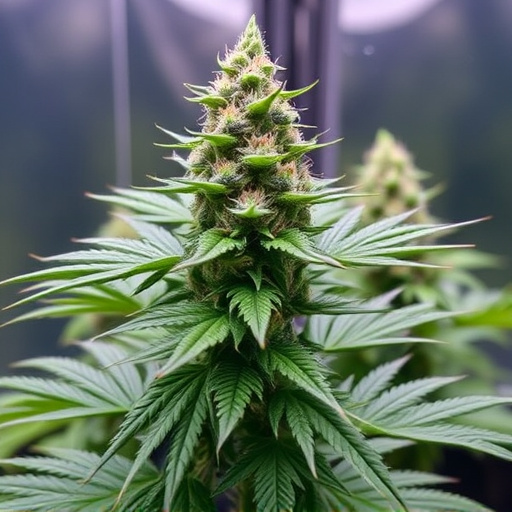The effects of cannabis vary greatly based on personal factors like tolerance, dosage, and strain. Popular indoor strains offer a mix of euphoria, relaxation, and clarity but can cause coordination impairments at higher doses. Regular users may experience heightened senses and increased appetite, with potential weight gain. Long-term use carries risks including respiratory issues and memory problems. Sativa-dominant hybrids enhance cognitive function and balance, while Indica-rich strains relax muscles but may not improve motor skills. Choosing the best indoor cannabis strains tailored to individual needs is key for a safe and enjoyable experience.
The widespread use of cannabis, both recreationally and medicinally, has sparked interest in understanding its short- and long-term effects. This article delves into these aspects, focusing on physical and mental impacts, health risks, and addiction potential. Additionally, it explores the world of indoor cannabis strains, highlighting best options for specific purposes, including relaxation, cognitive enhancement, and medical benefits. Understanding these factors is crucial for making informed decisions regarding cannabis consumption.
Short-Term Effects of Weed
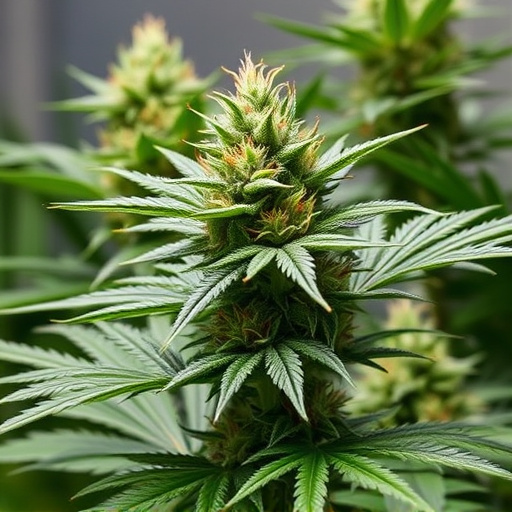
The short-term effects of weed can vary greatly among individuals, influenced by factors like tolerance, dosage, and strain. When it comes to indoor cannabis strains, some popular choices known for their balanced properties include Blue Dream, Girl Scout Cookies, and Purple Haze. These varieties often offer a pleasant combination of euphoria, relaxation, and mental clarity, making them sought-after for both recreational users and those exploring medicinal benefits.
Short-term effects may include heightened senses, increased appetite, and reduced anxiety. For some, it can induce creativity and enhance social interactions. However, it’s crucial to be mindful that weed can also lead to short-term impairments in coordination, memory, and judgment—especially after higher doses or when consumed unexpectedly. These effects can impact activities like driving or operating machinery, underscoring the importance of responsible use and understanding one’s personal tolerance.
– Physical Impacts
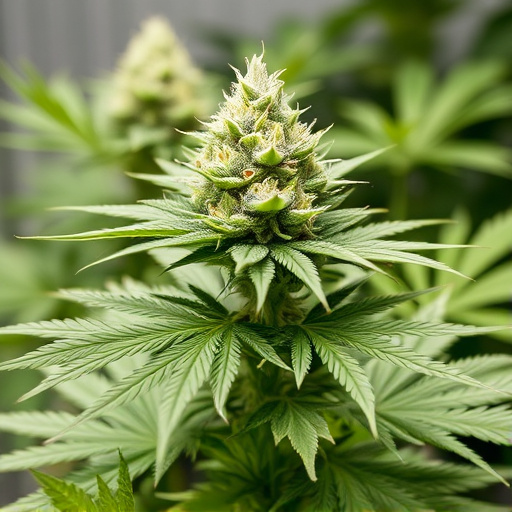
The physical impacts of cannabis consumption, both short- and long-term, are an important consideration, especially for those who may be unfamiliar with its effects. Regular use can lead to a range of tangible changes in the body, some more immediate than others. In terms of short-term effects, users often report heightened senses and increased appetite, which can result in weight gain over time, particularly if consumption is frequent and uncontrolled. This is especially relevant when discussing indoor cannabis strains, as these best-indoor varieties often have higher THC levels, enhancing these sensory experiences but also potentially causing anxiety or paranoia in some individuals.
On a more long-term basis, physical impacts can include respiratory issues due to the inhalation of smoke or vapour, which may lead to chronic coughing or even asthma. Additionally, regular cannabis use has been linked to eye redness and dryness, as well as potential problems with memory and concentration. While these side effects might not be immediately apparent, they are significant considerations for long-term users, particularly those who consume high concentrations of THC through popular best indoor cannabis strains.
– Coordination and Balance
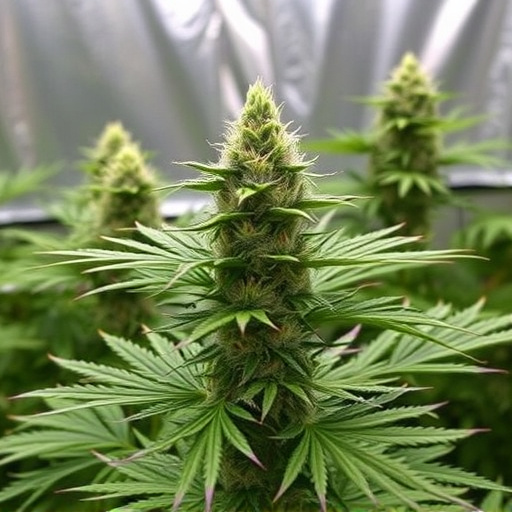
The effects of cannabis on coordination and balance can vary significantly depending on factors like strain potency, individual tolerance, and consumption method. When it comes to indoor cannabis strains known for their high quality and consistency, certain varieties stand out for promoting a sense of calm and improved motor control. Sativa-dominant hybrids, such as Blue Dream or Super Silver Haze, are often celebrated for their ability to enhance cognitive function while reducing anxiety, allowing users to maintain better balance and coordination. These strains typically offer a more uplifting and energetic high, which can help individuals feel grounded and steady on their feet.
On the other hand, indica-rich strains like Northern Lights or Purple Kush are renowned for their relaxing and sedative properties. While they may not always enhance motor skills, they can help relieve muscle tension and promote overall relaxation, potentially mitigating any unsteadiness that might be experienced by some users. The key to navigating these effects lies in choosing the best indoor cannabis strains suited to individual needs, whether one seeks a more invigorating or calming experience, ensuring a safer and more enjoyable exploration of cannabis’s short-term and potential long-term impacts on coordination and balance.
In understanding the short- and long-term effects of weed, especially within the context of popular best indoor cannabis strains, it’s clear that while temporary alterations in coordination and balance may occur, many users also report enhanced creativity and relaxation. However, consistent use can lead to longer-term impacts on mental health and cognitive function. Thus, responsible consumption and awareness of personal limits are key, enabling individuals to enjoy the potential benefits without negating the overall well-being.
